The boom (or bubble?) around AI has brought many things, and among them interesting news for those missing SSDs based on MLC and SLC NAND Flash which was more pricy but had better performance and crucially, much longer lifespan so you didn’t have to worry about wearing out the SSD. That said, Gigabyte is launching an SSD that is officially designed for AI applications, but not just for them – its main asset is precisely SLC recording. Read more “Gigabyte SSD brings back SLC NAND, lasts 109,500 write cycles”
Tag: NVMe
Netac’s new CF2000 CFexpress cards offer up to 1750 MB/s speeds
Today, you can have a small NVMe SSD even inside your camera, as memory cards have adopted this technology, evolving CompactFlash cards into a new CFexpress standard. Memory cards of this type has now been released by Netac, which offers not only memory cards but also standard SSDs which positions the company well to combine the two technologies into a memory card for demanding professional photography or video capture. Read more “Netac’s new CF2000 CFexpress cards offer up to 1750 MB/s speeds”
Corsair’s MP700 Pro Gen5 SSD delivers up to 12.4 GB/s speeds
When SSDs using PCI Express 5.0 technology came to market, most models available delivered sequential speeds of “just” around 10 GB/s. The Phison E26 controller used is supposed to reach up to about 12.5 GB/s, but it turned out that with most of the NAND available on the market it only reaches that lower level bar between 9500 – 10 000 MB/s. Fortunately, things are getting better and the 12.5GB/s drives promised a year ago are coming. Read more “Corsair’s MP700 Pro Gen5 SSD delivers up to 12.4 GB/s speeds”
New Silicon Motion controller will make PCIe 5.0 SSDs low-power
PCIe Gen5 SSDs have so far been the domain of Phison, whose E26 controller has a pretty high power draw, and there are reports of throttling or even system crashes due to overheating of these SSDs. Silicon Motion controllers will quite possibly solve this, as their power draw is supposed to be significantly lower. It turns out then not just the lower-tier ones, but even the high-performance SM2508 design will be quite efficient. Read more “New Silicon Motion controller will make PCIe 5.0 SSDs low-power”
Beware: counterfeit Samsung SSD 980 Pro are selling in China
When you shop on auction servers or Chinese internet “marketplaces”, you are at risk of counterfeit hardware. There have been and still keep being sold counterfeit graphics cards (that usually contain old and worthless GPUs), but also processors. And now, apparently, we are getting counterfeit NVMe SSDs. They also appeared in China and are while they are quite sophisticated, you won’t get the desired features and performance. Read more “Beware: counterfeit Samsung SSD 980 Pro are selling in China”
PCIe 5.0 SSDs have started selling. The first models use a fan
When PCI Express 4.0 first appeared in desktops in 2019, SSDs started to use it virtually right away. On the other hand, PCI Express 5.0, available from autumn 2021 on the LGA 1700 platform and from autumn 2022 on AM5 boards, has suffered a disappointing lack of any SSDs till now. But they are finally here now. Corsair has shown its first PCIe 5.0 module, which however raises some concerns by including a cooling a fan. Read more “PCIe 5.0 SSDs have started selling. The first models use a fan”
Intel Raptor Lake and Z790 platform will lack PCIe 5.0 for SSDs
Curiously, even though Intel Raptor Lake CPUs are only three months away, there’s virtually no word on the 700-series chipsets and motherboards that should come with the new CPUs. Last week, however, a leaked document was posted on the Internet, in which Intel introduces the Raptor Lake platform, the CPU and the new chipsets. The most surprising bit is that the new boards won’t bring the one feature that was most expected of them. Read more “Intel Raptor Lake and Z790 platform will lack PCIe 5.0 for SSDs”
Phison E26: PCIe 5.0 controller to deliver 2× faster NVMe SSDs
We are starting to see introductions of first PCI Express 5.0 SSDs, which will enable up to double the read and write speeds on AMD AM5 and Intel LGA 1700 platforms. Many or majority of these SSDs will be based on the Phison E26 controller (and often on Phison reference design and firmware). Its manufacturer has now unveiled its specs at Computex 2022, showing us what the new cutting-edge SSD for PCs will look like. Read more “Phison E26: PCIe 5.0 controller to deliver 2× faster NVMe SSDs”
The era of PCI Express 5.0 SSDs will begin in Q3 2022
Several SSDs using PCIe Express 5.0 have already been unveiled. So far though, these have been only announcements of products with no store availability information given whatsoever. Teamgroup has also announced their PCIe 5.0 SSDs now, but in this case, the company has shared when are they supposed to come to market. Thanks to this, it’s finally becoming clear when will you have a chance to make Alder Lake’s PCIe 5.0 useful. Read more “The era of PCI Express 5.0 SSDs will begin in Q3 2022”
Patriot P400 with Innogrit controller: just 2.5W PCIe 4.0 SSD
Patriot P200 SSD was a notable SATA drive a few years ago, with 1 TB capacity for cheap and decent performance despite being DRAMless. After the NVMe switch with P300, this lineage has produced another interesting SSD: Patriot P400, with the 4 in the name indicating a move to the PCI Express 4.0 interface. For users with suitable motherboards, P400 could prove to be very intersting SSD, and one of the most power efficient yet. Read more “Patriot P400 with Innogrit controller: just 2.5W PCIe 4.0 SSD”
PCIe 5.0 SSD for Alder Lake: MSI Spatium in card form-factor
This November, Intel Alder Lake CPUs have brought PCI Express 5.0 support to desktop computers (but not notebooks). Its high bandwidth is now of most use for SSDs, but unfortunately the Alder Lake platform does not offer PCI Express for M.2 slots. However we will still get SDDs for PCI Express 5.0. MSI and Phison have now revealed their Spatium disks designed as a card for PCIe 5.0 slots, circumnavigating the absent M.2 support. Read more “PCIe 5.0 SSD for Alder Lake: MSI Spatium in card form-factor”
Kioxia PCI Express SSD will have speeds up to 14 000 MB/s
PCIe 4.0 NVMe SSDs have been on the market for more than 2 years, and the newer ones are even able utilize most of its potential. But PCI Express 5.0 will soon be introduced by Intel Alder Lake processors, though only for GPUs for now (×16 slot). But SSD manufacturers are already preparing PCIe 5.0 storage. Kioxia (formerly Toshiba) has shown a prototype NVMe SSD that uses PCI Express 5.0 and can already get speeds up to 14 GB/s. Read more “Kioxia PCI Express SSD will have speeds up to 14 000 MB/s”
The first PCIe 5.0 ×4 SSD controller, speed up to 14 GB/s
It looks like PCI Express 5.0 SSDs will roll out at slower pace than PCI Express 4.0 ones, but the first controller to use this technology is already coming. Marvell has now unveiled the Bravera SC5 chips, which are to power NVMe modules with read speeds of up to 14 GB/s and 2 million IOPS. To handle this, the chips have ten different ARM cores inside. These SSDs will likely only target servers for now though, not desktops or laptops yet. Read more “The first PCIe 5.0 ×4 SSD controller, speed up to 14 GB/s”
PCIe 4.0 SSD Patriot Viper VP4300: new controller and two coolers
Patriot is releasing the 2nd generation of their NVMe SSD with PCIe 4.0 interface. The Viper VP4300 boasts a speed of up to 7,400 MB/s and is powered by a so far little-used controller by a new brand – InnoGrit. But it also comes with a interesting cooling solution: it’s fitted with a thick aluminum heatsink for normal desktop use, but a thin copper heat spreader is also included for laptops or SFF PCs, so you’ll get the equipment for both scenarios. Read more “PCIe 4.0 SSD Patriot Viper VP4300: new controller and two coolers”
Akasa SSD heatsink: really cheap and efficient solution
Simple and optimally milled aluminum plate, sounds like a good basis for some SSD heatsink with the potential to achieve high efficiency at low cost. Fast, easy installation and great compatibility with graphics cards is also quite important, plus the look is not bad. Akasa probably wanted to create an ideal compromise of all the key elements. This could easily became a bestseller because the price is just 4 euros. Read more “Akasa SSD heatsink: really cheap and efficient solution”






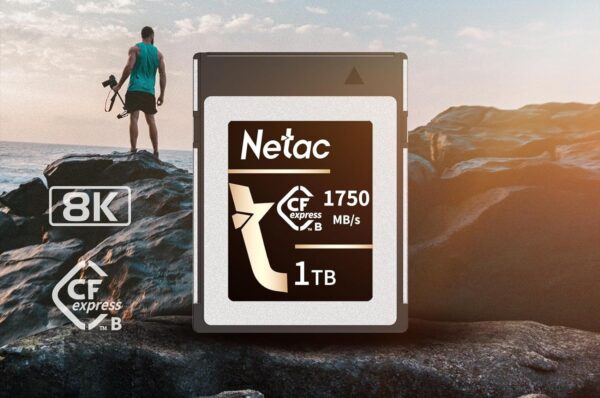
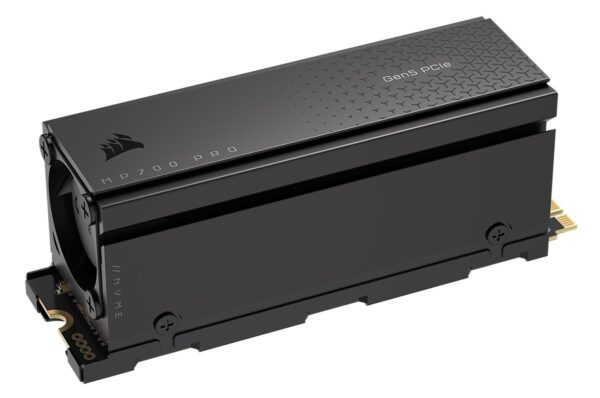
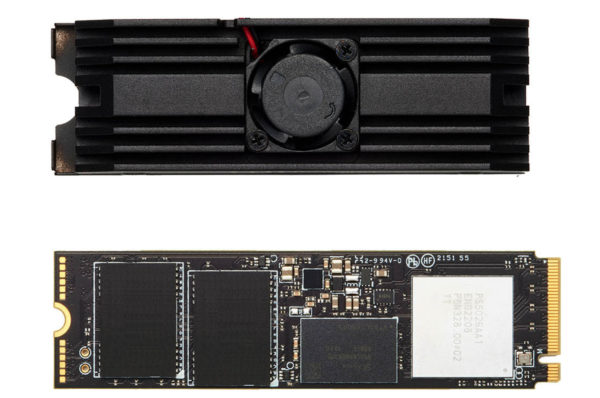
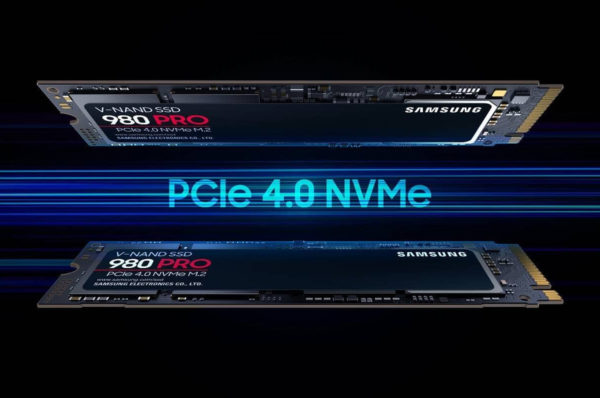
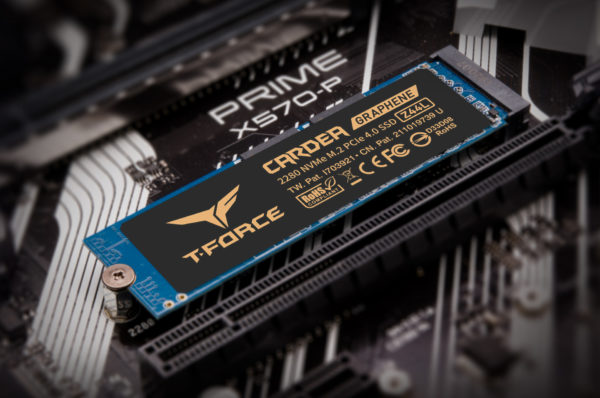
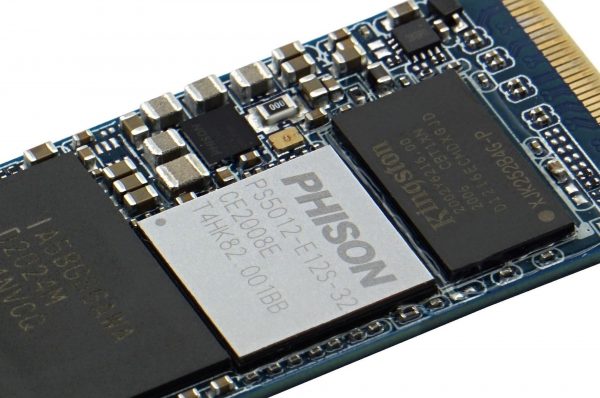
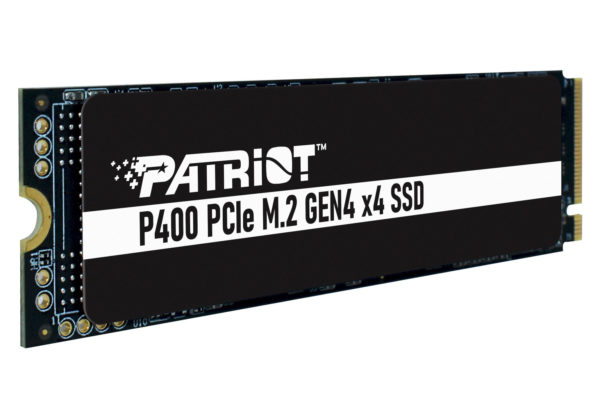
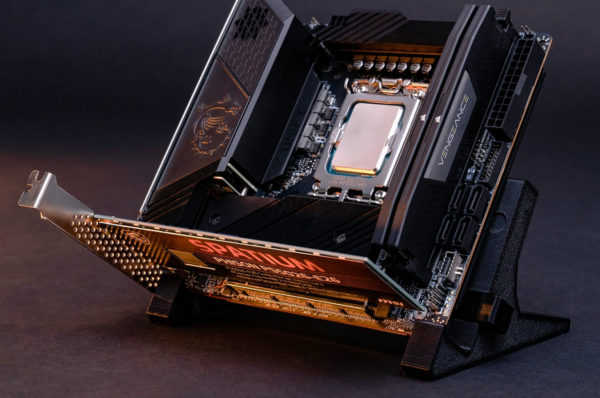
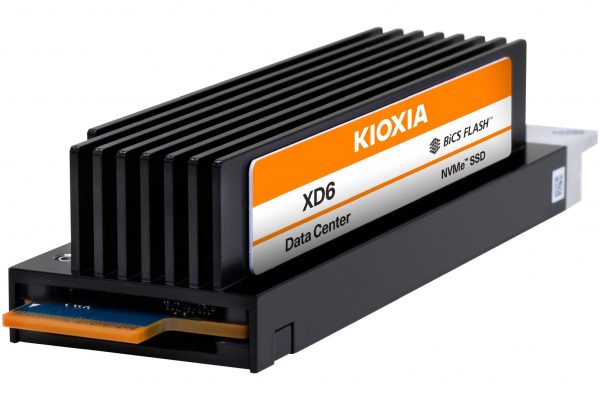
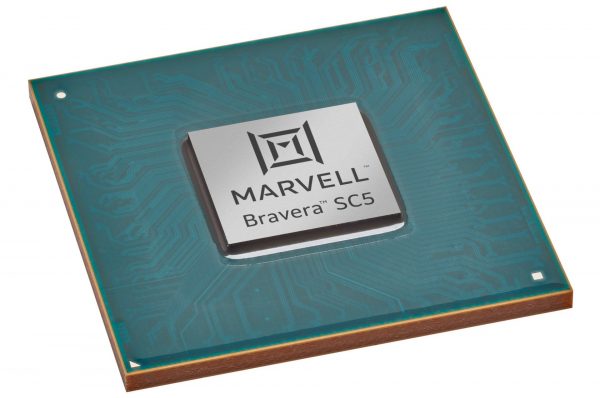
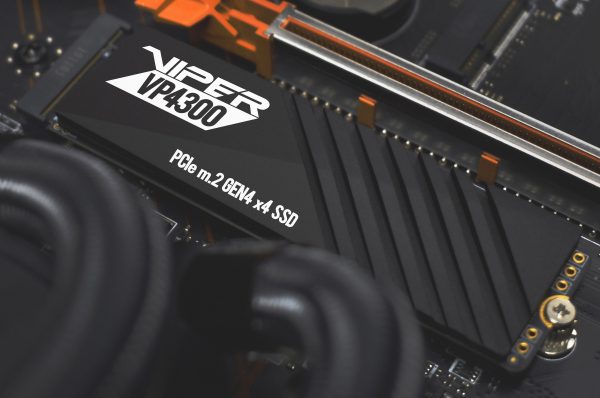
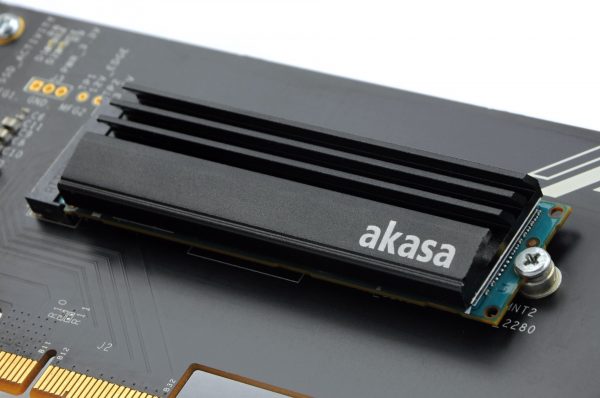



Latest comments